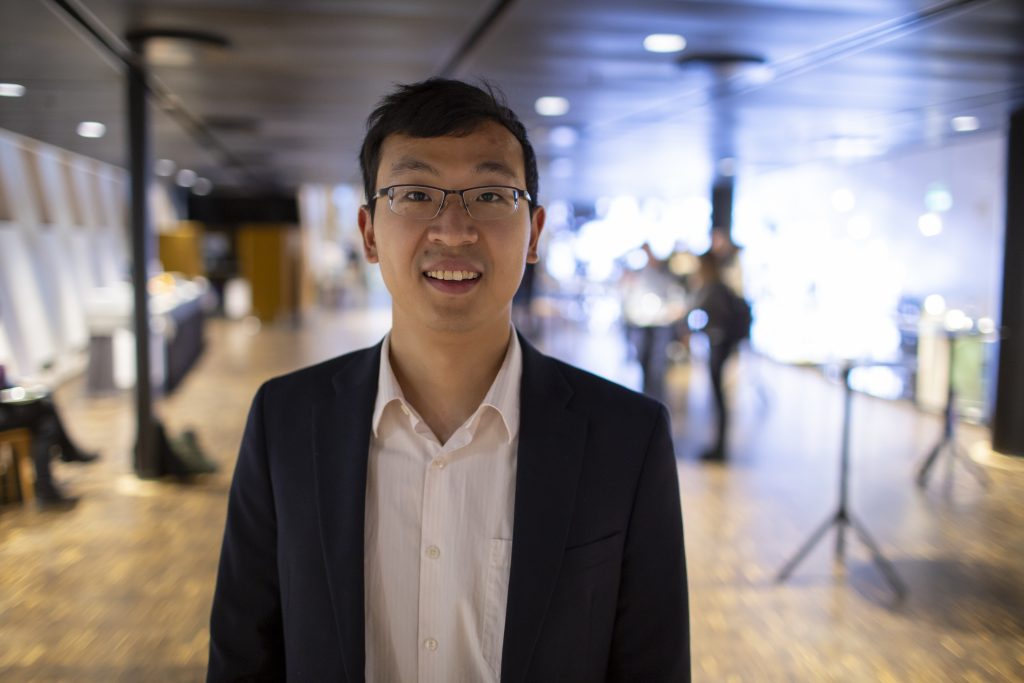
Longzhi Tan
Grand Prize Winner
From: Wuhan, China
Category: Genomics, Proteomics and Systems Biology
Title of essay:Three-dimensional genome structure of a single cell: Chromosome organization in diploid cells reveals a structural basis for smell
Biography
Originally from Wuhan, China, Tan received his bachelor’s degree in Physics with a minor in Biology from Massachusetts Institute of Technology in 2012, after transferring from Peking University. Tan earned his PhD in Systems Biology from Harvard University in 2018. He worked with Xiaoliang Sunney Xie to develop new methods for single-cell genomics. He uncovered the 3D structure of the human genome in a single cell, and revealed unique chromosome organization in the mouse eye and nose. Tan is currently a postdoctoral scholar in Karl Deisseroth’s lab at Stanford University, studying single-cell 3D genome changes in animal behaviors and psychiatric disorders. Outside of the lab, he enjoys designing holiday cards, t-shirts, and music videos.
Synopsis
In recent decades, scientists began to uncover how 2-meter-long DNA folds into the 10- micron cell nucleus, taking advantage of next-generation DNA sequencing. This method, termed “chromosome conformation capture” (3C or Hi-C), provides a genome-wide view of DNA folding by averaging a large ensemble of cells. Single-cell 3C has been achieved, but has limited spatial resolution. I achieved high-resolution single-cell 3C by inventing new whole-genome amplification methods and an algorithm to distinguish the two parental copies of each chromosome. Using these new techniques, together termed “diploid chromosome conformation capture” (Dip-C), I obtained the first 3D structure of the human genome, and mapped all ~1,100 olfactory receptor genes and their ~60 enhancers in single cells throughout mouse development.
